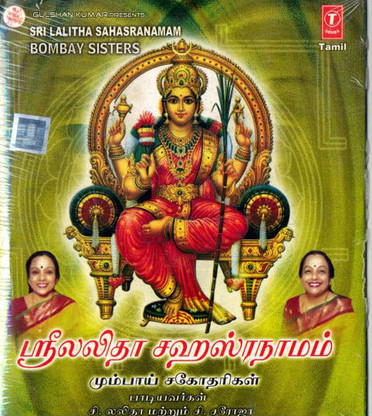

The holes in the bamboo tube were bored using red-hot embers. Perumpanarruppatai, one of the Pattupattu anthologies, describes the process of making the flute.

The flute was the most popular wind instrument during the Sangam period. However, we have no further information on their actual appearance, mode of playing and the kind of melody generated by these instruments. Two other types of yaazhs, Makarayaazh with 19 strings and Sakottuyaazh with seven strings are also mentioned in Pattuppattu. There were two types of yaazh, Periyaazh or the 'large yaazh' contained 21 strings, whereas its more compact companion Siriyaazh had only seven strings. Pattupaatu contains a description of the yazh, a stringed instrument. Poems of the Sangam literature contain numerous mentions of the various musical instruments such as the Seerkazhi, a stringed instrument of the Veena type and various percussion instruments such as murasu or muzham. Poems of the Ettuthohai anthology, such as the Natrinai, Paripaatal and Kaliththokai are extensively musical in nature and use various panns to create the mood. Most of the Sangam age poetry used one or more of these meters in their compositions. Tolkappiyam also mentions the musical form known as Paattu Vannam and various types of songs like Asiriapattu, Neduven pattu, Adivarai, Seer, Ahaval Osai and Vellosai, which are classified on the basis of the musical quality, metrical structure etc. For example, the neithal thinai, which dealt with the incidents around the seashore and the theme of elopement, had the musical mood of sevvazhi, Vilari yaazh as the musical instrument and the navayapambai for the percussion. The five landscapes are associated with a particular mood of the poem and to give colour to these moods, each had a musical mood ( pann), a melodic instrument ( yaazh) and a percussion instrument ( parai). The Sangam age grammatical work Tolkappiyam mentions the various music pertaining to the five landscapes ( thinai) of the Sangam literature. Music was an integral part of the compositions of the Tamil Saiva saints such as Appar, Siva Prakasar, Thirugnana Sambanthar and Manikkavasagar during the Hindu revival period between the 6th and the 10th century. The early narrative poem Cilappatikaram, belonging to the post-Sangam period (5th or 6th century) also mentions various forms of music practiced by the Tamil people. There are various references to this ancient musical tradition found in the ancient Sangam books such as Ettuthokai and Pattupattu. Many poems of the classical Sangam literature were set to music. The ancient Tamil music is the historical predecessor of the Carnatic music during the Sangam period spanning from 500 BCE to 200 CE.


 0 kommentar(er)
0 kommentar(er)
